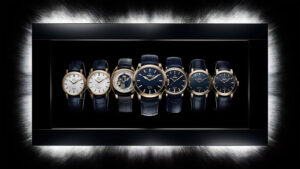Automatic watches are loved by many watch fans. These mechanical watches wind themselves as you move.
This means no manual winding is needed, unlike older mechanical models.
Wondering how automatic watches run without a battery? This simple guide will cover all the basics you need to know.
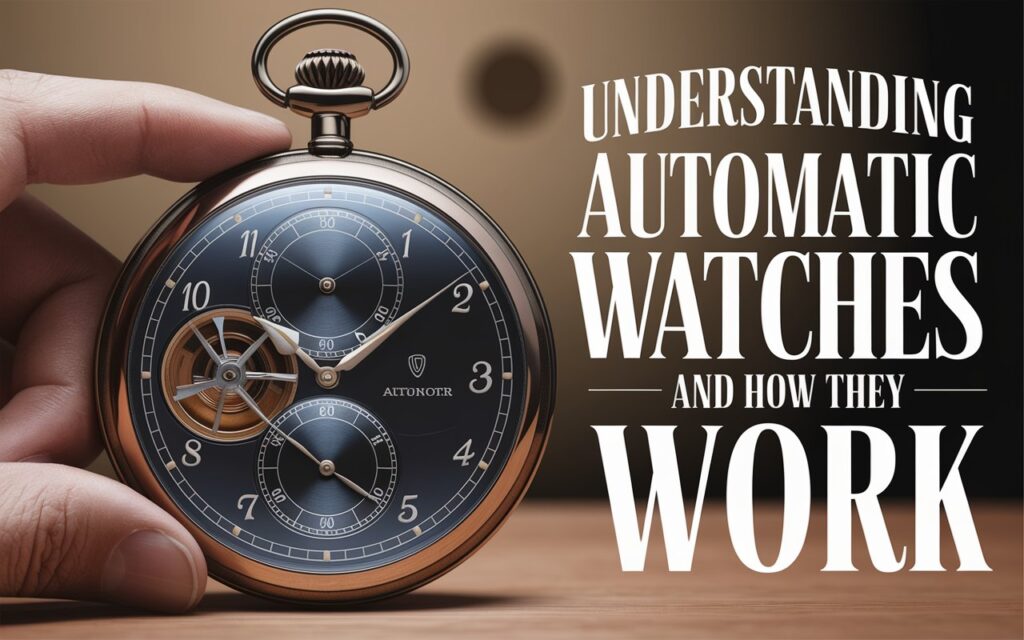
What is an Automatic Watch?
An automatic watch is a type of mechanical watch. Unlike digital or quartz watches, it doesn’t rely on batteries or an electrical charge.
Instead, it uses a small weight inside called a rotor. This rotor moves as you wear the watch, and its movement powers the watch’s gears.
The energy from this motion gets stored in a spring inside the watch, which keeps the watch running.
How do Automatic Watches Work?
Automatic watch movements are self-winding, using a rotor that gathers energy from your daily motions.
This makes them reliable without needing a battery.
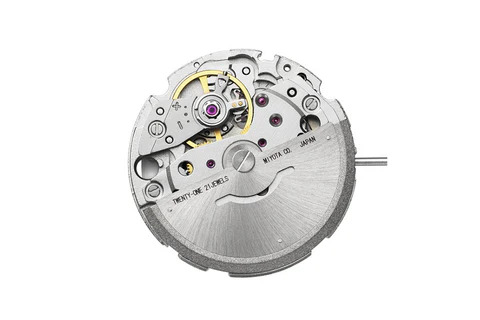
With regular care and servicing, an automatic watch can stay accurate for many years. Because of this unique self-winding feature, automatic watches are often heavier and thicker.
Crafting these watches requires a high level of skill to ensure quality and durability. Here are 5 simple steps explained:
Step 1: Powering the Watch
An automatic watch gets power from a rotor, a small weight that moves as you do. This rotor spins and winds the watch. You can also charge it manually by turning the crown 30 times.
Step 2: Winding the Mainspring
When you charge the watch, it winds a small, tight metal spring inside. This spring stores energy, and as it unwinds, it keeps the watch running for hours.
Step 3: Moving the Escapement
As the mainspring unwinds, it powers the escapement, a part that creates tiny impulses of energy. The escapement’s movement produces the tick-tock sound of the watch.
Step 4: Balancing the Wheel
The escapement then moves the balance wheel, which swings back and forth like a tiny pendulum. This rhythm keeps the watch running in time.
Step 5: Advancing the Hands
Finally, the gear train moves with each tick. This lets the seconds hand move forward, followed by the minute and hour hands, to display the correct time.
Automatic Watch Movement Parts
An automatic watch movement contains over 150 tiny parts. Each piece has a job, and together they keep the watch ticking.
Important parts include the mainspring, balance wheel, escapement mechanism, and gear train.
The mainspring stores energy, the balance wheel helps with timing, the escapement regulates energy, and the gear train transfers power.
These parts work together to make the watch accurate and reliable.
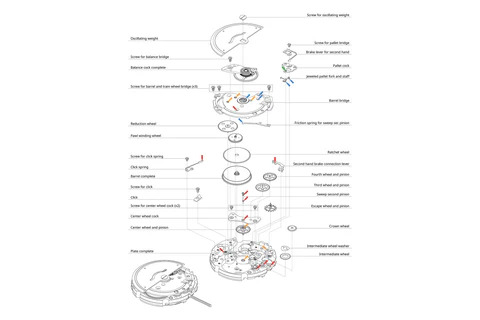
Is It Necessary to Wind an Automatic Watch?
Yes, automatic watches still need winding sometimes. Wearing the watch daily for a few hours helps keep it powered.
If you haven’t worn it for a day or two, you’ll need to wind it manually to restore power. This keeps the watch running on time and ready to wear.
How to Properly Wind and Set Your Automatic Watch
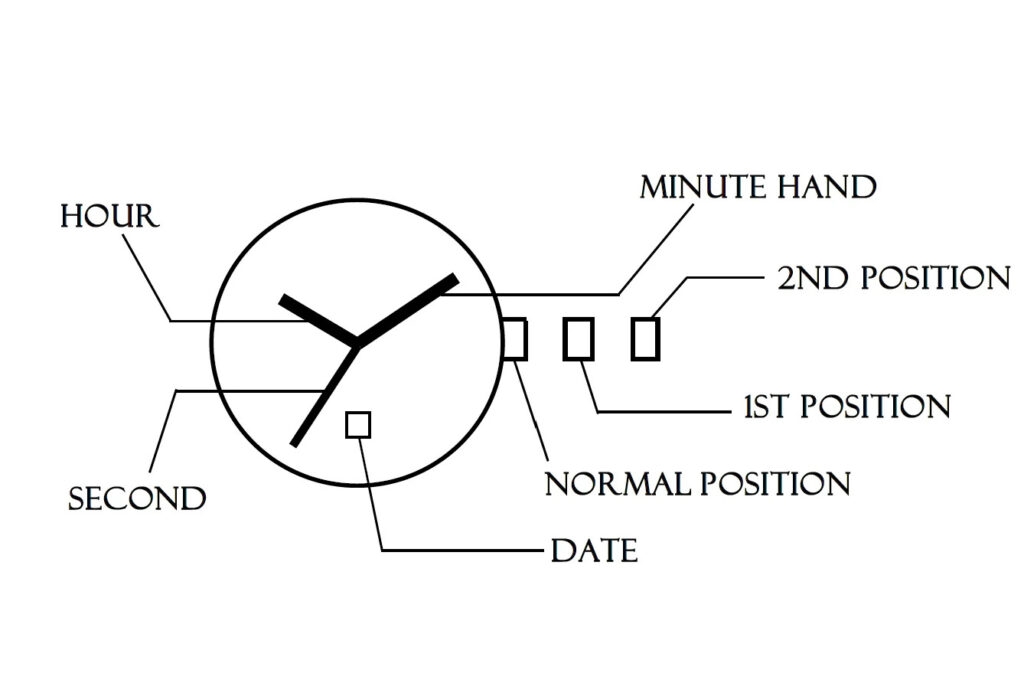
- Winding Your Watch to Power It Up
To start your automatic watch, you’ll first need to wind it. Begin by gently rotating the crown clockwise while it is in the standard position. Wind the crown about 15 times to ensure the internal mechanism is charged. If you hear a faint whirring sound, it indicates that the movement has started, and your watch is now powered. - Setting the Time
Once your watch is powered, you can set the time. To do so, gently pull the crown to the second position (farthest from the watch case). Turn the crown in either direction until the hands are aligned with the correct time. Be careful to avoid setting the time backward, as this could damage the internal movement. - Adjusting the Date
To adjust the date, push the crown back to the first position (closer to the watch case). Then, rotate the crown counterclockwise until the date changes to the correct day. Once set, push the crown back to its normal position to secure it.
Following these simple steps ensures that your automatic watch stays properly wound, maintains its power reserve, and delivers precise timekeeping.
Regular winding and setting also help extend the longevity of your timepiece.
How Long Does an Automatic Watch Last on a Single Wind?
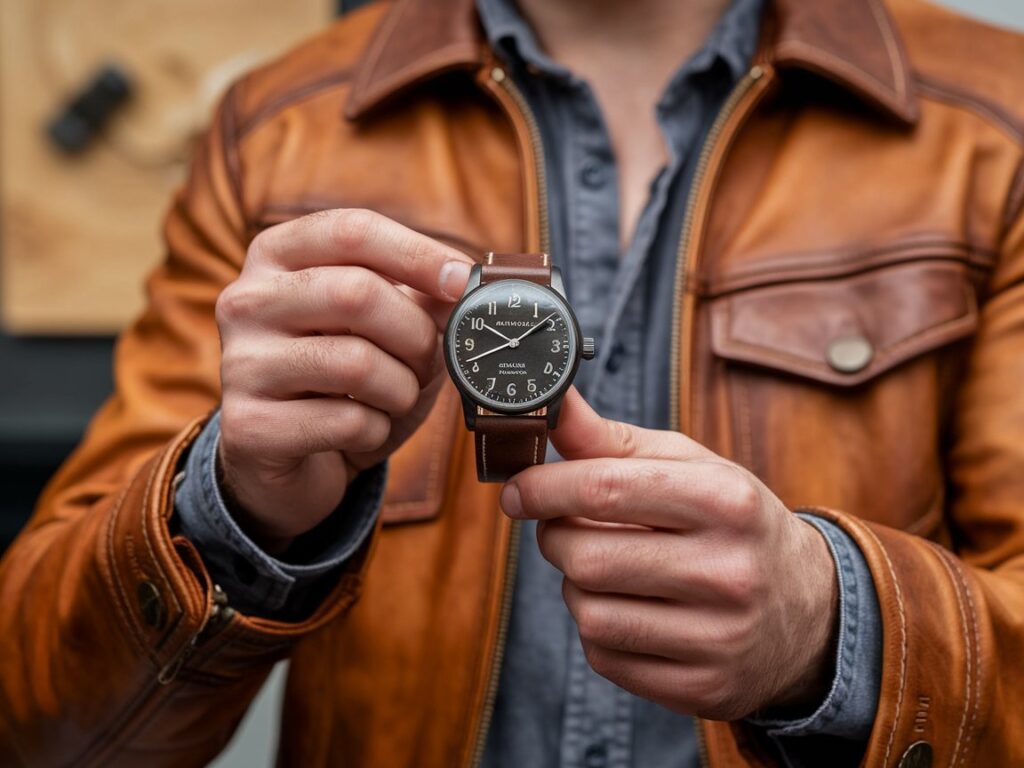
An automatic watch typically runs between 35 to 50 hours. However, the exact time depends on the watch’s movement and power reserve.
For example, a watch with a Miyota 8215 movement, like the one from BestWatchMart, can run for up to 42 hours without needing a recharge.
The key factor here is the power reserve. The power reserve indicates how long the watch will continue to run after it is fully wound.
It is determined by how much time it takes for the mainspring inside the watch to fully unwind. Once this happens, the watch will stop, and it will need to be wound again.
To keep your watch running, you can either wind it manually by turning the crown or simply wear it daily.
Wearing the watch regularly ensures that the movement continues to charge, so the watch will stay powered without the need for manual winding.
It’s an efficient system that relies on the natural motion of your wrist to keep the watch ticking.
Why Are Automatic Watches So Special?
Automatic watches are more than just timekeepers—they are works of art. These watches blend intricate design with excellent craftsmanship, creating something truly special.
Invented in the 18th century, they hold a piece of history. Wearing one on your wrist today connects you with that legacy.
The Key Benefits of Automatic Watches
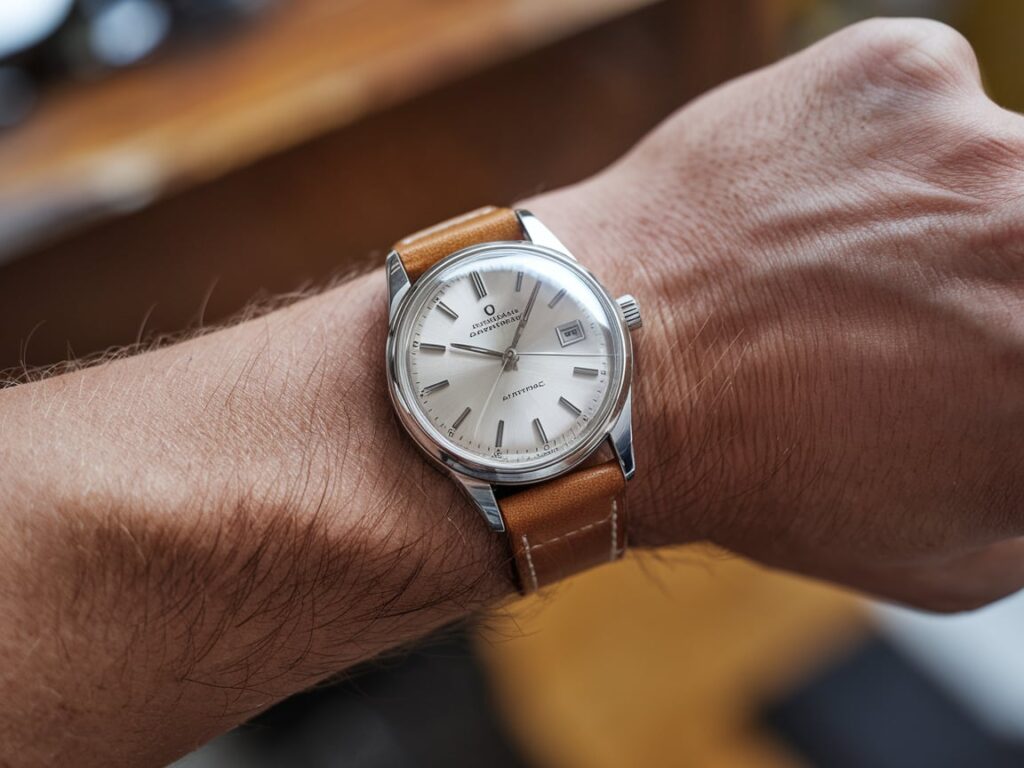
Precision: Automatic watches are known for their accuracy. Their self-winding mechanism ensures they keep time with great precision.
Durability: These watches are tough. When worn regularly, they last a long time with very little need for maintenance.
Convenience: One of the best features of automatic watches is that they don’t need batteries. They wind themselves with the movement of your wrist, saving you the hassle of manual winding.
Tradition: Automatic watches are deeply rooted in the tradition of watchmaking. They symbolize true craftsmanship, representing quality and heritage.
Collectible Value: Many collectors value automatic watches, and some can even increase in worth over time. They’re not just accessories; they can be an investment that grows in value.
Disadvantages of Automatic Watches
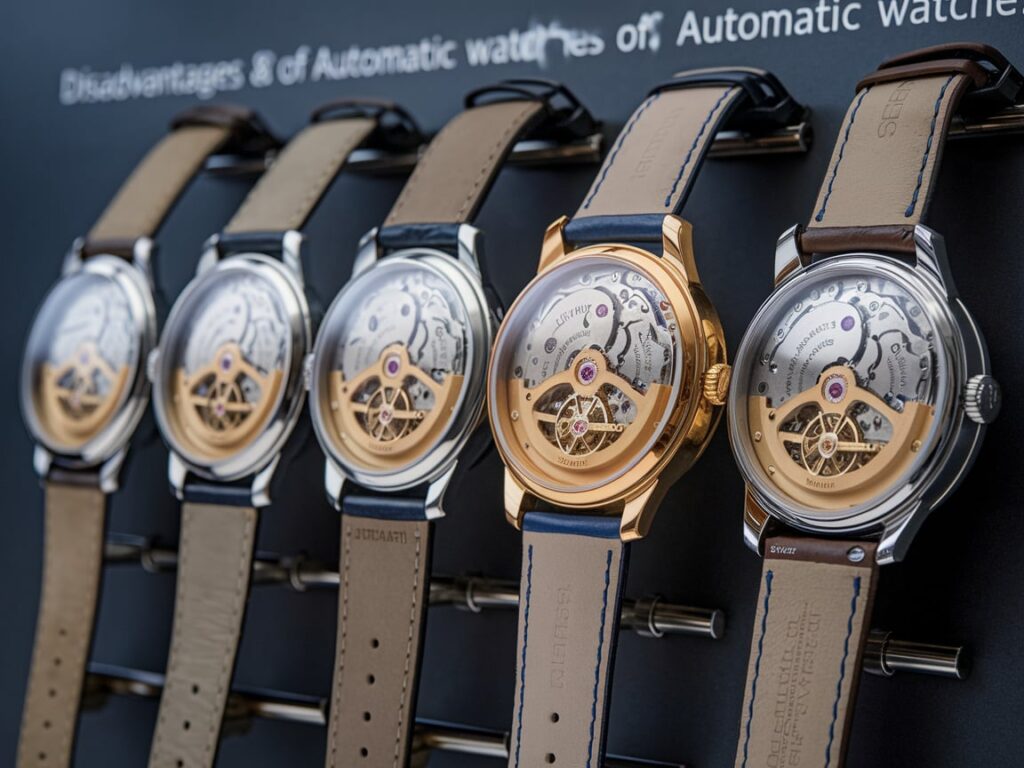
- Less Accurate Than Quartz Watches
Automatic watches are not as accurate as quartz ones. They can lose or gain time, usually between -20 to +40 seconds each day. Quartz watches, on the other hand, are much more precise and require less maintenance. - Higher Cost
Automatic watches are more expensive. This is because they are made with complex mechanical parts. The craftsmanship and design involved in creating these watches often push their prices higher compared to simpler quartz models.
Why Choose an Automatic Watch?
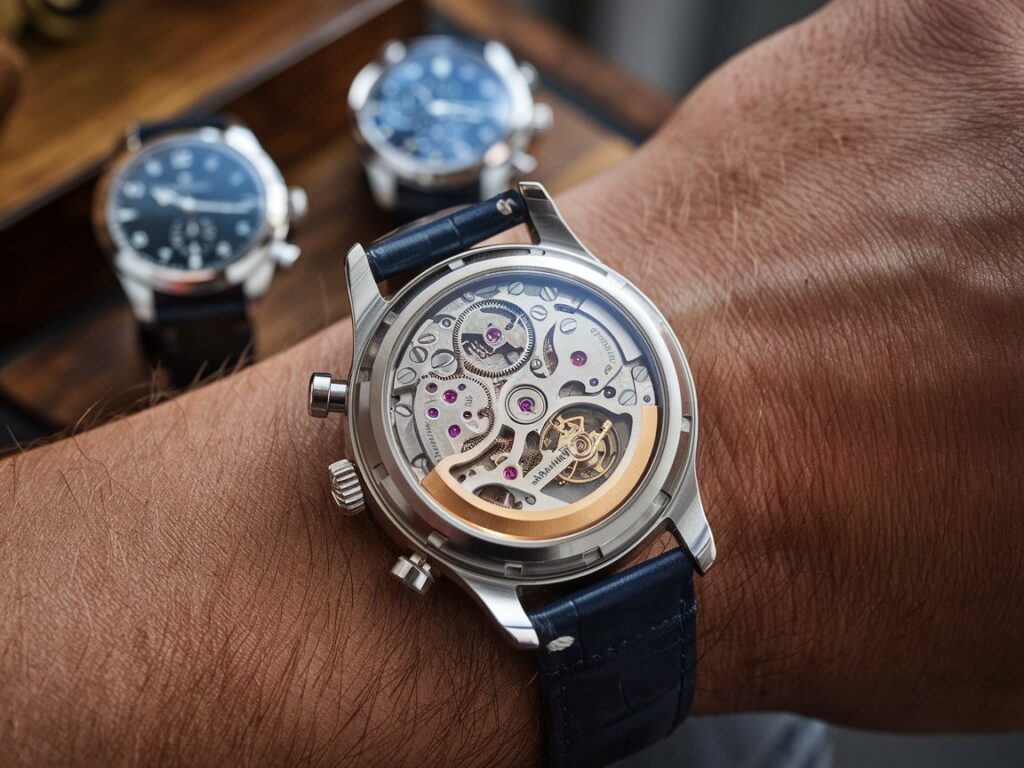
Automatic watches are popular for several reasons. First, they don’t need a battery change.
This makes them environmentally friendly, as you won’t be throwing out old batteries.
Second, they offer a unique craftsmanship that many watch lovers appreciate.
The intricate movements inside these watches are often visible through a transparent case back, giving a glimpse into the watch’s inner workings.
Automatic watches also offer a sense of tradition. They have been around for hundreds of years and are a symbol of fine craftsmanship and timeless design.
For many, wearing an automatic watch feels like being part of a legacy of horology (the study and art of timekeeping).
What to Look for in an Automatic Watch?
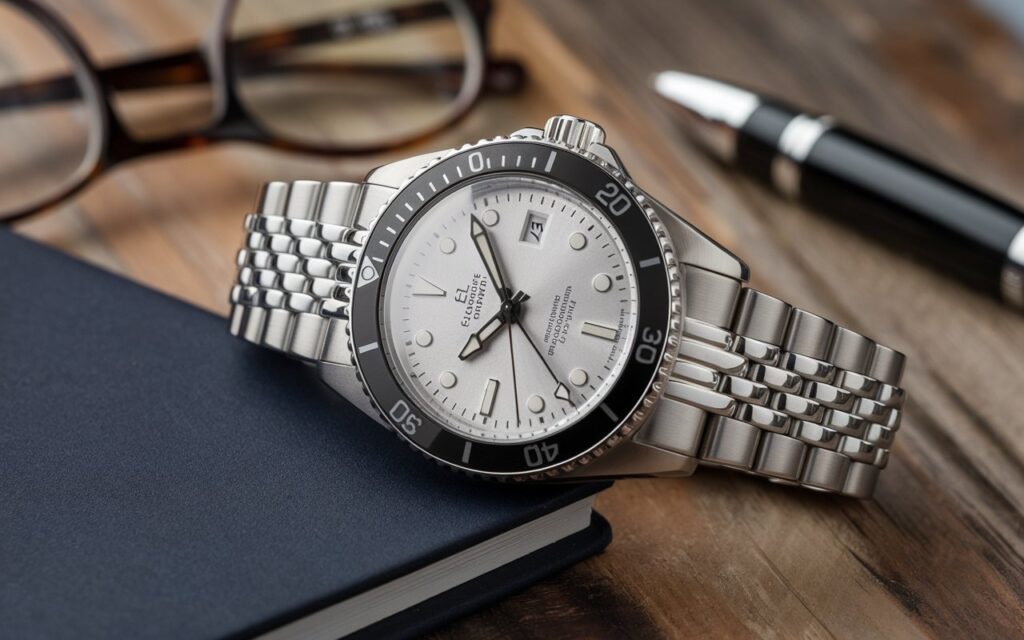
If you’re thinking about buying your first automatic watch, there are a few things to keep in mind.
First, consider the brand. Some brands are well-known for their high-quality automatic watches, such as Rolex, Omega, and Seiko.
The movement inside the watch is also important. It’s good to check if the watch has a reliable movement that can last for years.
The design and materials of the watch are also worth considering.
Some people prefer a classic leather strap, while others might want a stainless steel bracelet.
You also want to think about the watch’s size, as some people prefer larger faces while others go for a more minimalist style.
Caring for an Automatic Watch

Taking care of your automatic watch is simple, but important. Since it doesn’t run on a battery, it relies on movement to stay charged.
If you don’t wear the watch regularly, you might need to wind it manually.
It’s also important to keep the watch clean and protected from dust or water damage.
Some watches are water-resistant, but it’s always good to check the manufacturer’s recommendations.
FAQs About Automatic Watches
Final Thoughts
Automatic watches are a true marvel of craftsmanship. These timepieces work without needing a battery, relying on the movement of the wearer’s wrist to keep ticking.
Understanding how they function helps us appreciate the skill behind their design.
While automatic watches may not offer the exact precision that digital or quartz watches provide, they hold a special place in the hearts of watch lovers.
Their mechanical complexity, paired with a classic design, makes them timeless.
For enthusiasts, these watches represent more than just timekeeping—they symbolize tradition, quality, and a connection to a long history of horological artistry.



